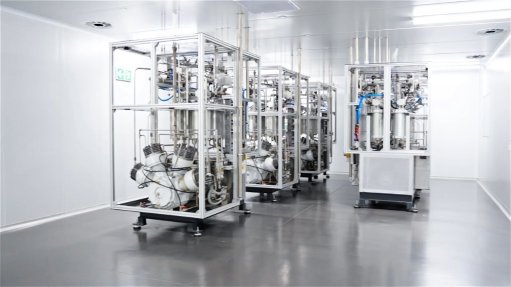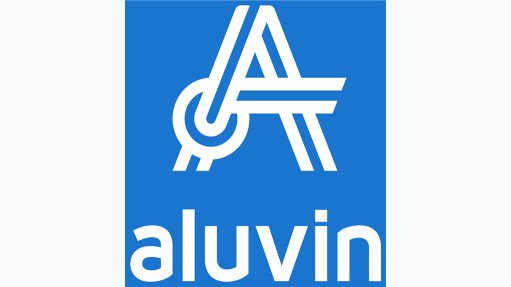TUT team wins South Africa’s first closed-track solar vehicle challenge

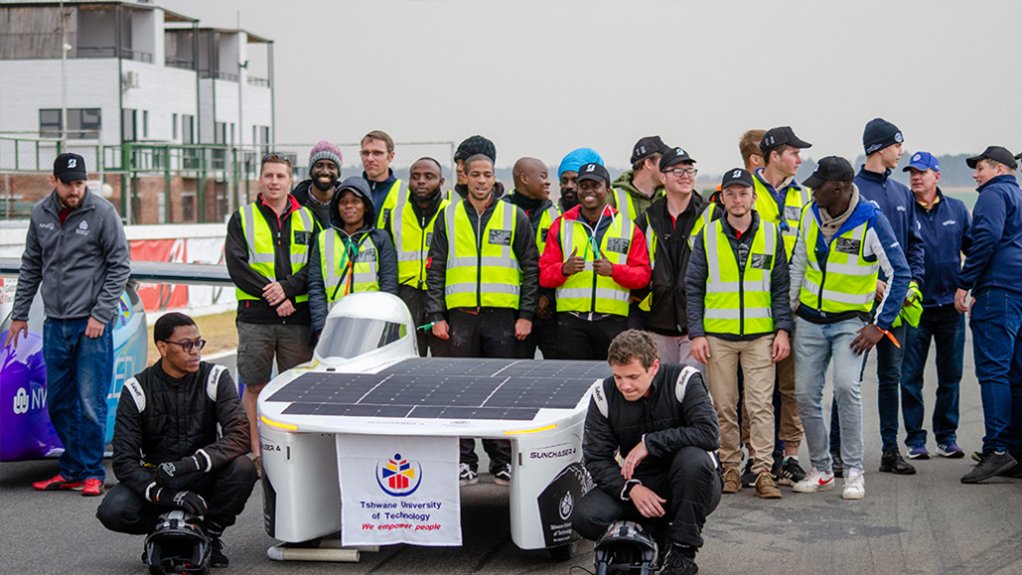
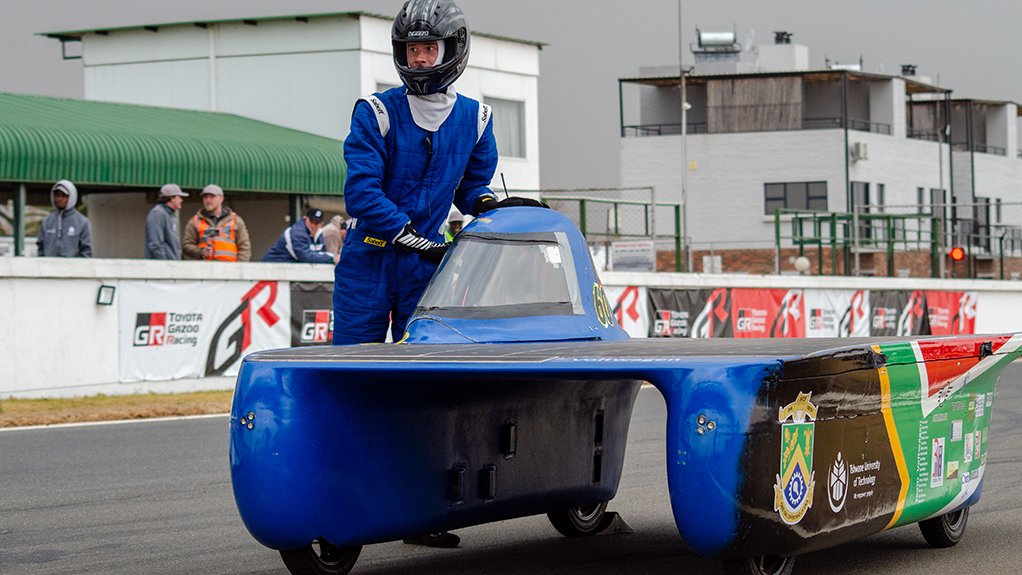
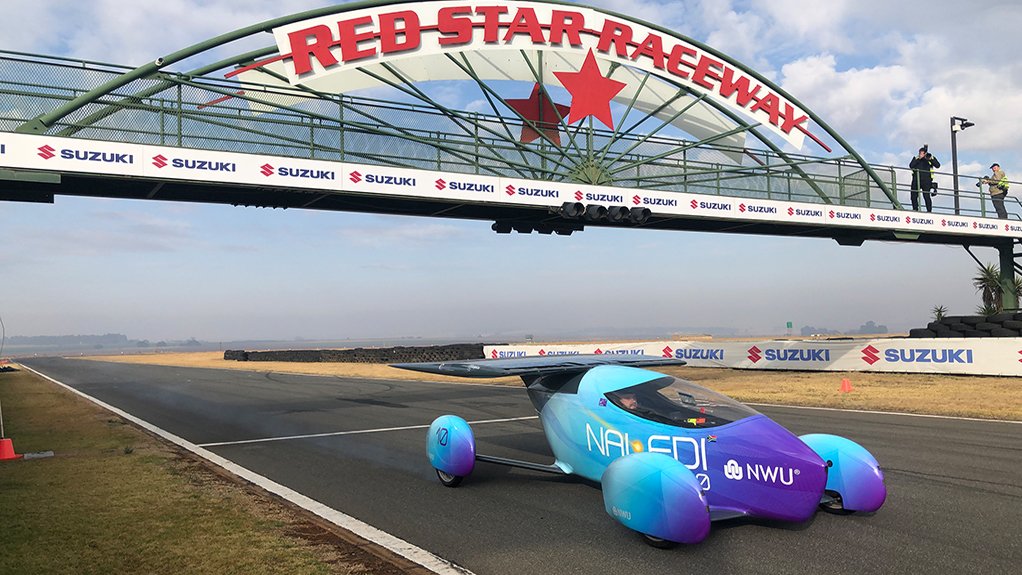
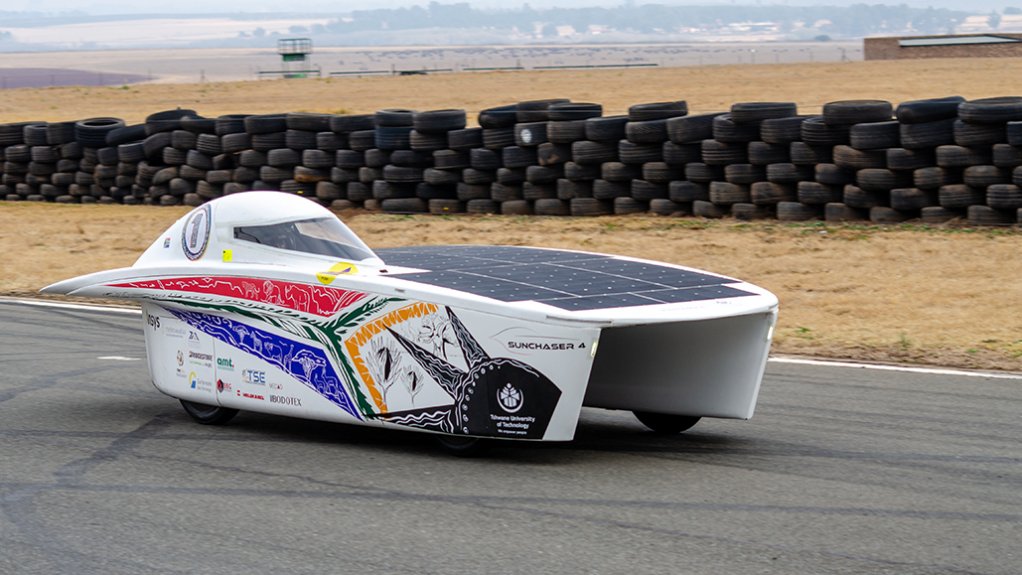
Tshwane University of Technology Solar Team and their winning Sunchaser IV solar vehicle
The Genuine JV Solar Car Team competed with the Voltwagen solar vehicle
The North West University Solar Team's Naledi 2.0 solar vehicle in action
Photo by Creamer Media
The TUT team’s Sunchaser IV managed to travel 390 km during the eight-hour long endurance challenge
The Tshwane University of Technology (TUT) Solar Team were declared the winners of the first ever Ilanga Cup Solar Challenge, which took place at the 4.2-km-long Red Star Raceway, in Delmas, on July 21.
“We would like to congratulate the TUT Solar Team for winning the first event of the Ilanga Cup. The weather was not solar-car friendly but the team persevered,” Ilanga Cup director Robert Walker said.
He attributed the team’s success to the science, technology, engineering and mathematics skills in the team that enabled them to endure both the sporting and the weather-related challenges.
The Ilanga Cup is Southern Africa’s first closed-track endurance circuit event, which is focused on promoting innovations in renewable and alternative energy.
The event is aimed at providing an enabling environment for local solar car teams to put their solar vehicles to the test in a controlled environment. The event is designed and focused on measuring the vehicles' performance, efficiency and durability.
The Ilanga Cup, which will take place yearly, serves as a platform for solar car teams – professionals and amateurs alike – to not only test their solar cars but also learn and improve both team and the vehicle’s dynamics.
Walker said the aim of the event as a closed-track event was to make solar car competitions more accessible to new entrants to the game because open road competitions were difficult to enter successfully.
“The goal really is to create a pipeline of young engineers who can find their way into the industry and can then design the cars of the future, which will be more efficient and more environment-friendly. The goal is to let them test out their ideas and develop technology that will find its way into the commercial car market,” Walker told Engineering News.
The event was sponsored by tyre manufacturer Bridgestone and acted as a stepping stone for contestants to enter the Bridgestone World Solar Challenge in Australia.
“The . . . event aligns with our goal as a global company to be a leader in sustainable mobility solutions. . . we are interested in the development of solar energy and solar mobility,” Bridgestone Southern Africa motorcycle and motorsport key account manager Shailesh Singh explained.
One of the main goals of the Ilanga Cup is for the teams to vie to be selected to participate in the Sasol Solar Challenge, from where the top-performing teams will be selected to compete on a global level.
The Ilanga Cup saw three teams going head-to-head in an endurance challenge whereby their self-designed, unique solar-powered vehicles competed in a friendly contest to raise awareness about and promote the viability of the technology used in the vehicle, while also providing an opportunity for the participants to grow in their understanding of how solar technology can be used to power vehicles.
The aim of the contest was to see which team’s vehicle could travel the furthest over an eight-hour period.
The TUT team’s Sunchaser IV managed to travel 390 km during the eight-hour-long endurance challenge, comprising 93 laps at an average speed of 48 km/h, with a top speed of 101 km/h. This included a mandatory pit stop of five minutes every time the team swapped drivers every two hours.
“The Ilanga Cup was a great event to test Sunchaser IV to its limits and it was an honour to connect with other solar car teams in preparation for the 2022 Sasol Solar Challenge. We are really looking forward to the next event and encourage young and old to become a part of the e-mobility community,” the TUT Solar Team managers said upon being named the winners.
The Sunchaser IV, which has an overall vehicle mass of about 165 kg, used a 20 kg, 5 kWh lithium-ion battery array, equivalent to four deep cycle batteries totalling 100 kg. The aerodynamic drag on the body was clocked at 0.1, compared with the Tesla Model S which has a drag of 0.24.
The solar panels used on the Sunchaser IV were 0.7 mm thick and 24% efficient, compared with average household solar panels which are about 38 mm thick and 16% efficient.
With full sunlight, the car is capable of travelling more than 500 km, reaching top speeds of well over 120 km/h on the open road. With no sunlight, the total distance achievable is about 250 km before the batteries require a recharge.
The Sunchaser IV made use of specialised Bridgestone solar tyres, which were designed to complement the low rolling resistance, durability and surface adhesion required to keep solar vehicles as efficient as possible.
The lower the rolling resistance of the tyre, the lower the energy consumption of the car and the carbon dioxide emissions produced. These technologies are currently being used in the tyres Bridgestone supplies to select manufacturers on their latest electric and hybrid vehicles.
The other teams that competed on the day were the North West University Solar Team with its Naledi 2.0 solar vehicle; and the newly formed high school team, the Genuine JV Solar Car Team, which competed with the Voltwagen solar vehicle, which is an adapted version of TUT team’s 2016 Sunchaser II model.
Walker explained that the Red Star track presented a different set of challenges for the vehicles than what might be experienced on the open road, most notably the strain on the motor controller from the constant braking and acceleration/deceleration required on the tracks’ many twists and turns.
Additionally, the overcast weather on the day of the event forced the teams to implement creative problem-solving to keep the cars moving.
“Next year, we hope to bring a specialised solar car tyre for these teams, so that they all run on Bridgestone tyres. We are supporting this because I have no doubt that we will see solar energy finding its way into vehicles in the future,” Singh said.
Article Enquiry
Email Article
Save Article
Feedback
To advertise email advertising@creamermedia.co.za or click here
Comments
Press Office
Announcements
What's On
Subscribe to improve your user experience...
Option 1 (equivalent of R125 a month):
Receive a weekly copy of Creamer Media's Engineering News & Mining Weekly magazine
(print copy for those in South Africa and e-magazine for those outside of South Africa)
Receive daily email newsletters
Access to full search results
Access archive of magazine back copies
Access to Projects in Progress
Access to ONE Research Report of your choice in PDF format
Option 2 (equivalent of R375 a month):
All benefits from Option 1
PLUS
Access to Creamer Media's Research Channel Africa for ALL Research Reports, in PDF format, on various industrial and mining sectors
including Electricity; Water; Energy Transition; Hydrogen; Roads, Rail and Ports; Coal; Gold; Platinum; Battery Metals; etc.
Already a subscriber?
Forgotten your password?
Receive weekly copy of Creamer Media's Engineering News & Mining Weekly magazine (print copy for those in South Africa and e-magazine for those outside of South Africa)
➕
Recieve daily email newsletters
➕
Access to full search results
➕
Access archive of magazine back copies
➕
Access to Projects in Progress
➕
Access to ONE Research Report of your choice in PDF format
RESEARCH CHANNEL AFRICA
R4500 (equivalent of R375 a month)
SUBSCRIBEAll benefits from Option 1
➕
Access to Creamer Media's Research Channel Africa for ALL Research Reports on various industrial and mining sectors, in PDF format, including on:
Electricity
➕
Water
➕
Energy Transition
➕
Hydrogen
➕
Roads, Rail and Ports
➕
Coal
➕
Gold
➕
Platinum
➕
Battery Metals
➕
etc.
Receive all benefits from Option 1 or Option 2 delivered to numerous people at your company
➕
Multiple User names and Passwords for simultaneous log-ins
➕
Intranet integration access to all in your organisation















